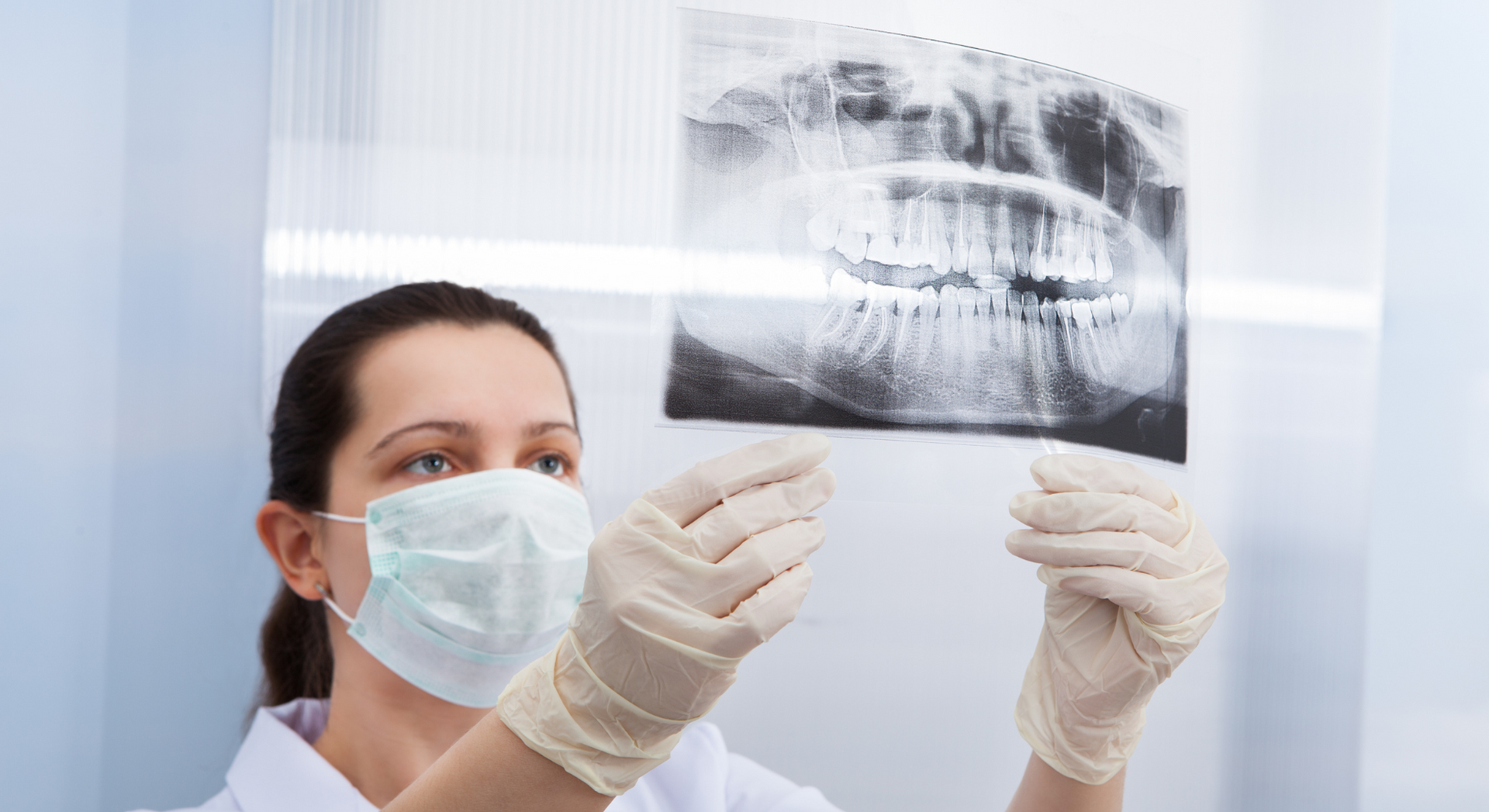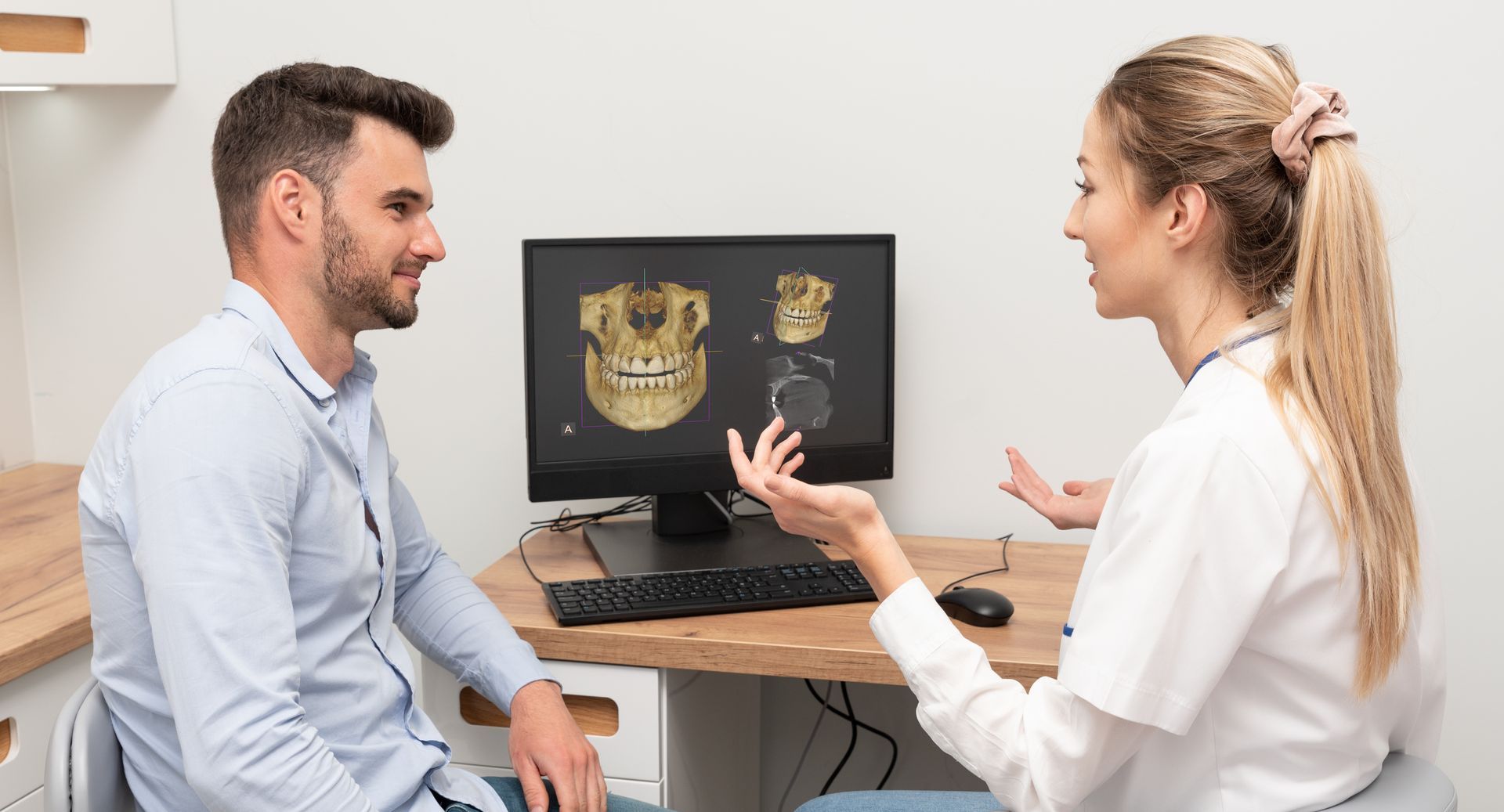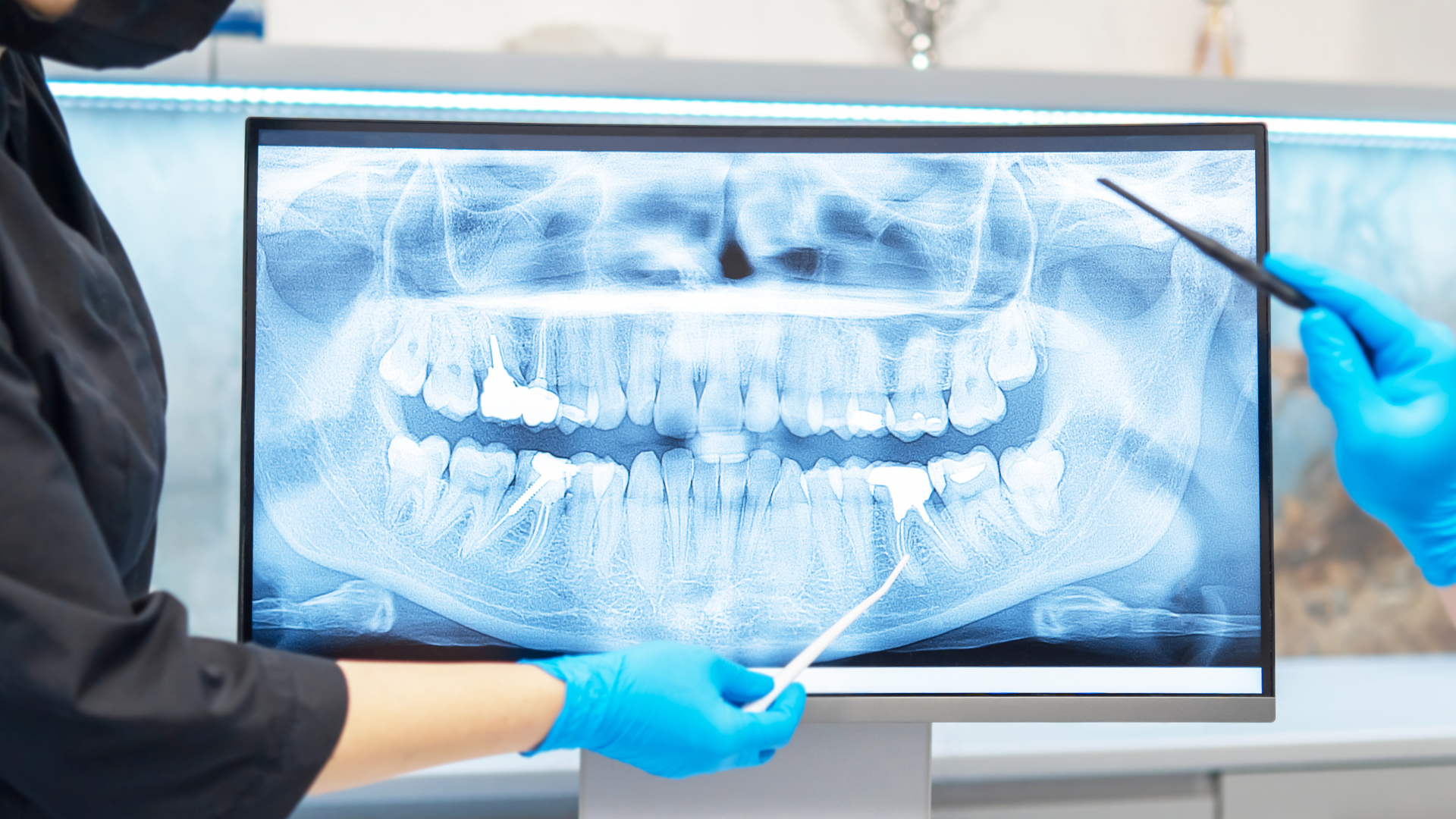LunaLite Dental Blogs

Dental X-ray positioning is a very important and crucial part of obtaining diagnostic quality images of patients' teeth and the surrounding supporting anatomical structures. Proper placing of the x-ray sensor, phosphor plate of film in the mouth including proper alignment of the x-ray machine. Included are some key important reasons why x-ray alignment is important: Patient Safety - Proper alignment is essential for patient safety during x-ray taking. By proper mouthpiece positioning it helps prevent discomfort or injury to the soft tissues of the mouth. Accurate alignment reduces risk of unnecessary re-takes and less exposure to radiation creating an overall safer environment for patient and staff safety. Better Treatment Planning - Dental x-rays are extremely important providing information that helps dentists and treatment coordinators determine the best clinical outcome for various treatments. Monitoring - Regular x-rays can help dentists monitor progress such as orthodontic treatments, caries, bone loss, implant placing,root canals and aiding in for comparisons of consistent changes and effectiveness of treatments. Diagnostic quality images - Proper alignment of the dental x-ray machine shows the teeth and the surrounding structures from proper angles and its perspective allows the dentist to diagnose and identify certain conditions. Minimizing Unnecessary Radiation Exposure - Correct x-ray alignment minimizes radiation exposure for patients and staff members. Making the patient experience overall less cumbersome. Dental radiography is an important aspect of dentistry. It allows dentists to obtain diagnostic quality images, proper treatment planning and at the same time monitor the patients progress. Minimizing radiation and less re-takes would make the patient/staff experience less cumbersome, and ensure safety.

Dental x-ray manual positioners are devices used in the dental industry. The purpose for positioners is to help the end-user position the x-ray films, sensor or phosphor plates in the patient's mouth. They are intended and designed to help improve the quality of workflows and proper techniques of dental x-ray taking. Rinn Holders are popular manual positioners that were designed and invented by Dr. John A. Rinn who commercialized the devices around the 1940’s. There have been several other designs over the years offering a range of options for various dental imaging workflows and techniques for patients. There several recommended types of dental manual aligners including: Endodontic Rinns - Designed specifically for endo procedures. The design was developed to capture root canal procedures that are usually confined to smaller areas of the teeth to capture the apex of the tooth. Bitewings Rinn holders - Bite-wing x-rays are used to capture images of the upper and lower teeth in occlusion. Most offices require 2 or 4 images every 6 months or yearly.The holders have wing-like extensions to help the end-user position the sensor in the patient's mouth, the patient bites down on the wings or tabs if you will to establish bite occlusion. Universal Rinns - The holders are designed to accommodate different size holders for different size digital dental sensors, phosphor plates or film, the device is designed to secure the mouth capturing device in place. Pediatric Rinns - The pediatric holder is designed for smaller mouths for children to comfortably accommodate proper positioning of the mouth capturing devices such as digital sensors or phosphor plates, films. Rinn holders are an essential tool for dentistry to help capture quality diagnostic dental x-rays while decreasing patient anxiety or discomfort. The devices have contributed in more effective ways for proper positioning, reducing retakes and minimizing radiation.



